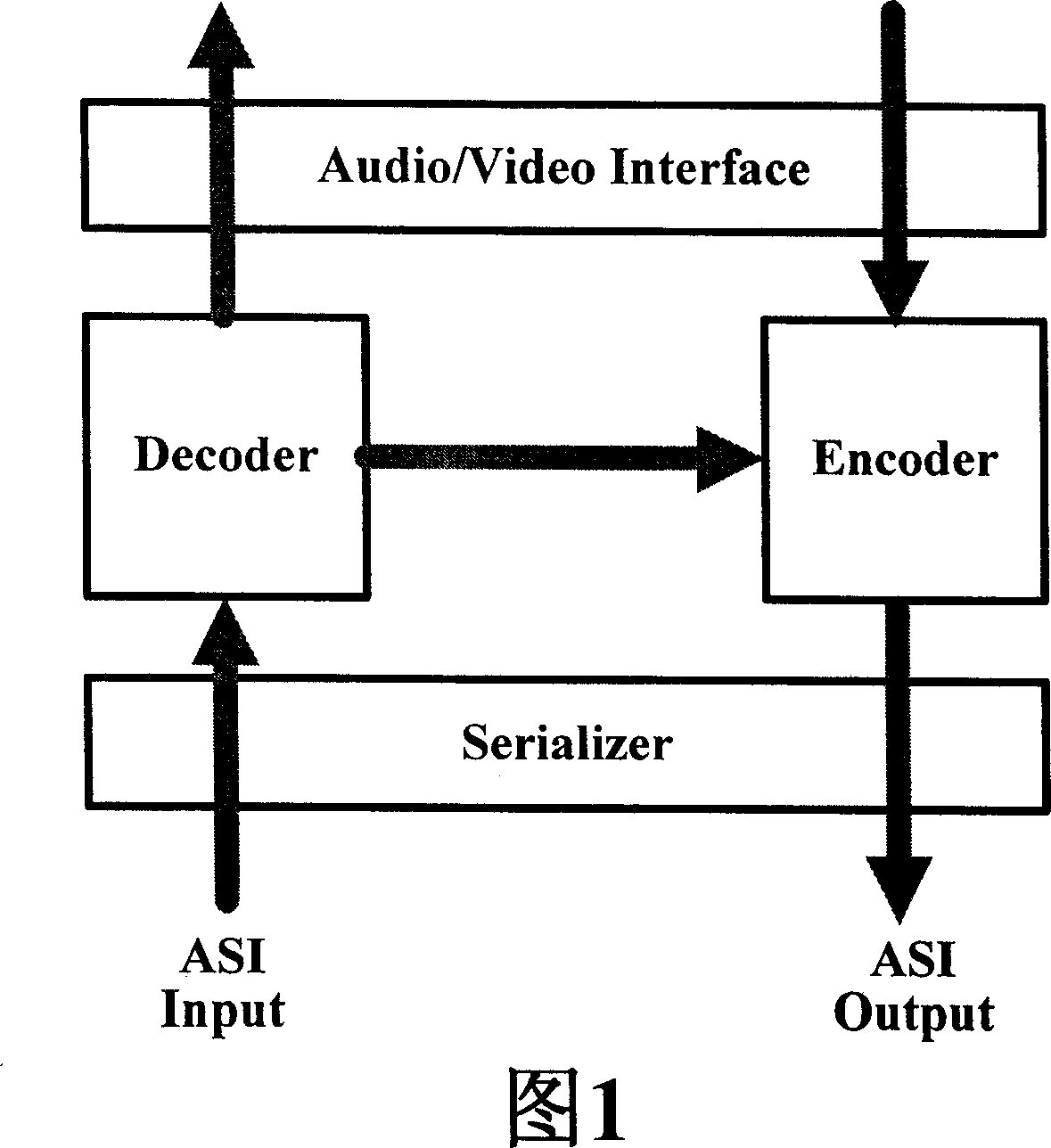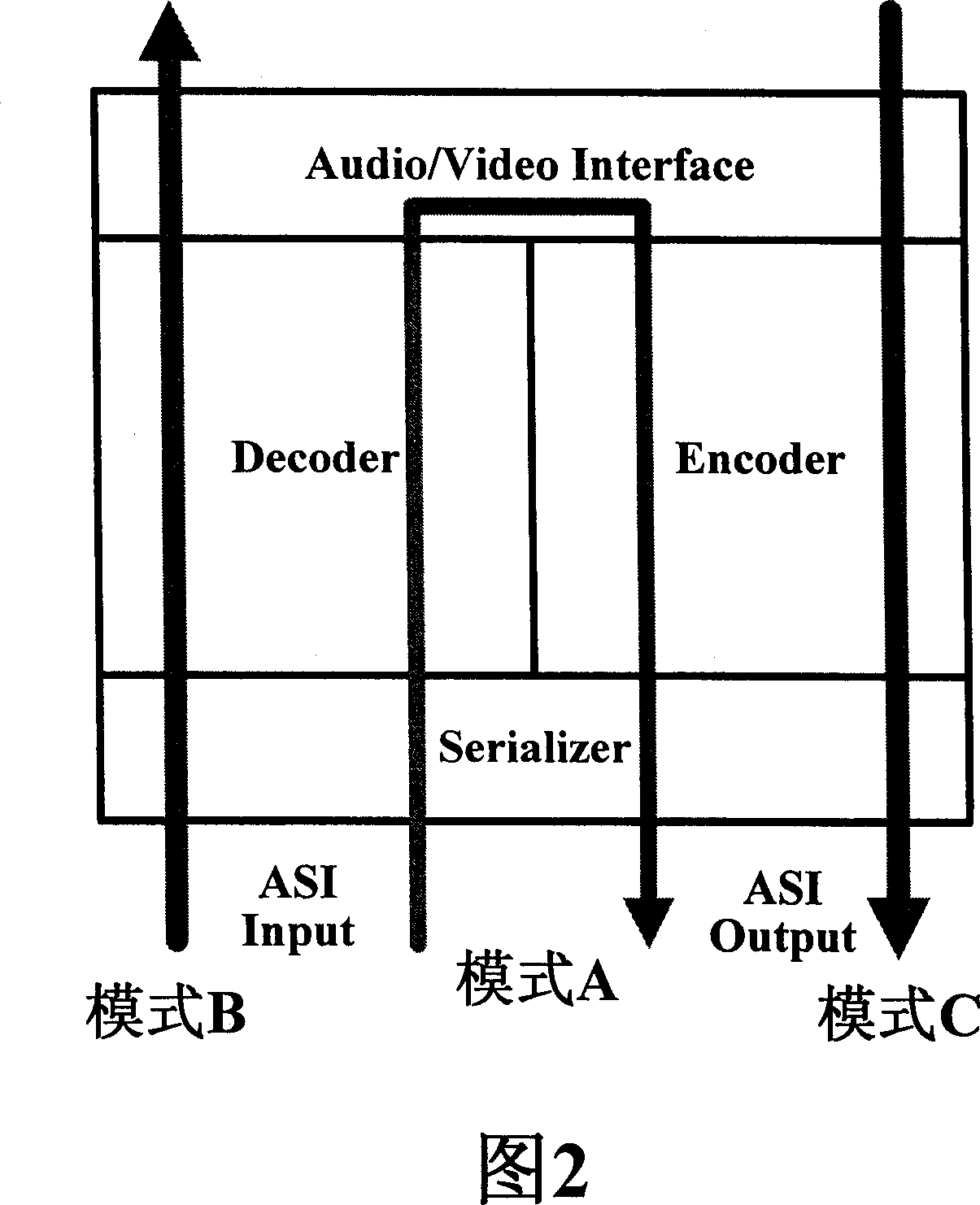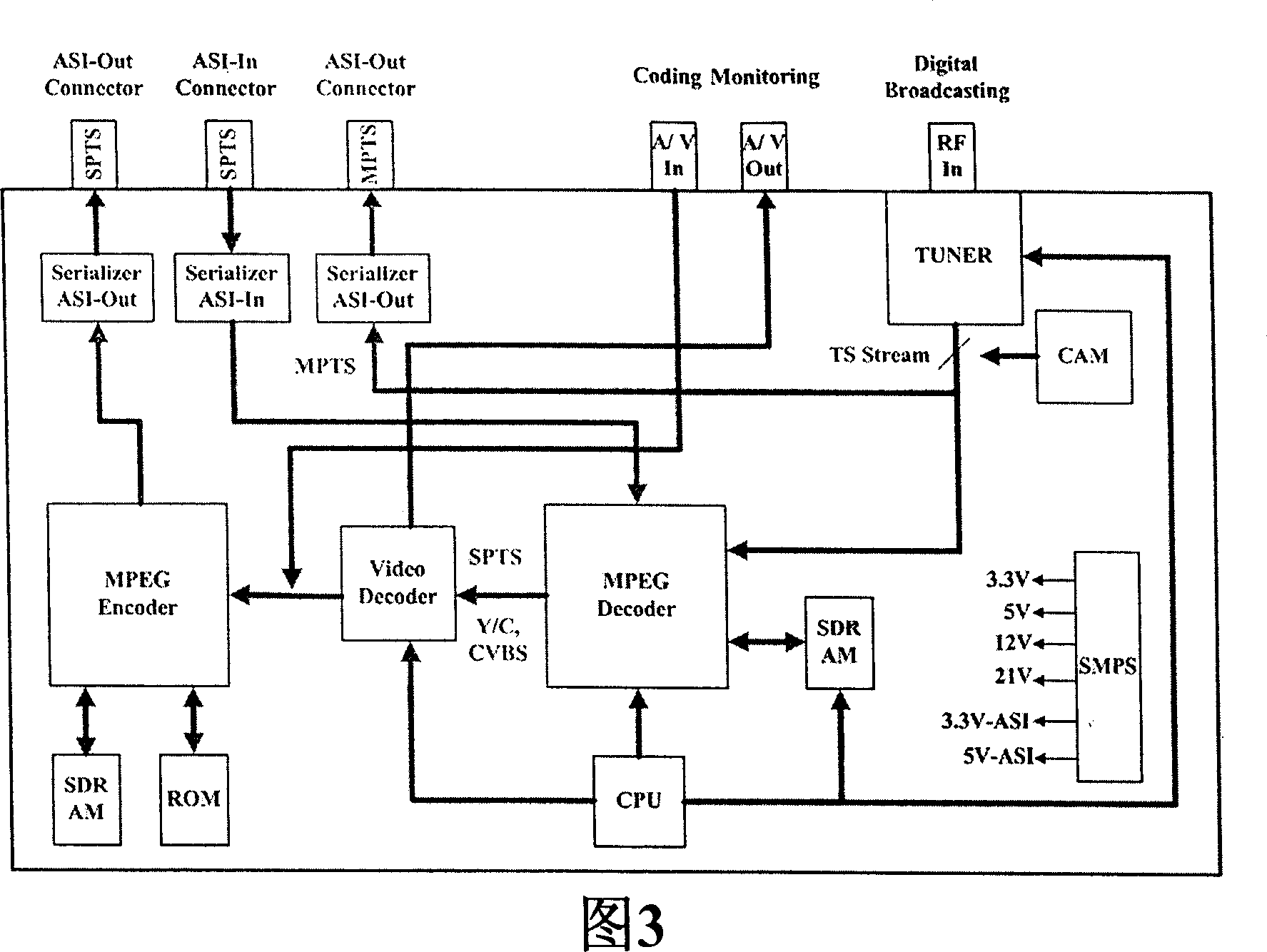In a specific application, the
satellite transmission adopts the European DVB-S standard. When one digital TV program is to be multiplexed and integrated into a centralized service platform in a certain area, there will be three situations, or the
satellite transmission The incoming programs need a DVB-S
satellite receiver, which is encoded and multiplexed after receiving the scheduled programs; or the
cable transmission requires a DVB-C set-top box, which
decodes the scheduled programs and then encodes and multiplexes them. ; or from the long-distance
optical fiber SDH synchronous digital
transmission system, it is necessary to provide an ASI (Ansynchronic Series Interface)
asynchronous serial interface with a bandwidth of 44.736Mbps through a DS-3 adapter, and then use a decoder to process one of the video content Analysis, these three situations need to be realized through the ASI interface on the front-end platform, but ordinary satellite receivers and set-top boxes can only provide A / V output interfaces, and SDH synchronous digital sequences cannot provide display and monitoring of video content If you want to realize the recombination of program content and the real-time display of broadcast control and monitoring, the general domestic application is to add an MPEG-2
encoder to the integrated platform, and then integrate and use it after entering the data
multiplexer through the ASI interface. Here comes the problem:
For this reason, some well-known manufacturers at home and abroad (such as Tongzhou
Electronics and Jiuzhou Technology in China) have successively developed satellite receivers with ASI interfaces, but their designs are all aimed at the application of single program reception, and cannot use SI / PSI The unified distribution of digital TV
service information and content information and the composition of the MPTS transport
stream combination on the platform cannot use the built-in encoding function to develop new content integration methods. Although well-known foreign manufacturers (such as THOMSON) have this function, the
peripheral The auxiliary functions are too complicated and the cost is too high (about 8000 euros);
[0006] (3) Although there are examples of
engineering applications for satellite receivers at home and abroad, the DVB-C set-top box is not. It is completely a
home computer, which neither supports 7×24 hours of continuous work nor supports engineering applications. It is not necessary to provide ASI interface for engineering application, so it is not competent for this application at all. Although it has many applications now, it is only a temporary substitute, because there is no engineering application at home and abroad. DVB-C decoder with ASI input interface;
[0007] (4) In addition, in the real-time monitoring of the working status of the front-end sending platform, the current domestic applications are provided by the DVB-C set-top box to provide A / V
video output, or enter the multi-screen splitter to monitor on the
large screen, or directly Access to the monitor to monitor, which requires the TS stream to be modulated by the
QAM digital modulator to the corresponding RF frequency at the output of the front-end
multiplexer, so that the program of the predetermined channel can be monitored through the RF input of the set-top box. When using
QAM modulation not only increases the
system cost, but also the item box is a civilian product after all, so it is not suitable for engineering applications. Once the
remote control is touched, all preset programs will be changed, and it cannot work for a long time, which is very inapplicable
The main reason for this abnormal phenomenon is that when developing the DVB
system in Europe, the management function of
system monitoring and monitoring
work status is based on the
data display and parameter management of the system working status, and does not need to be broadcast directly through video. However, the reality in our country is different. First, most of the front-line maintenance personnel on the job site come from the analog era. The main working status of analog video
broadcasting is monitored through monitors. This traditional management The model maintains a strong
inertia. The staff and technical managers have not yet achieved a fundamental change from visual management to data process management. Second, China's national conditions require "performance projects". Leaders and decision makers can only directly judge the status of the content, but cannot accurately analyze the working status of the content through technical data, they need a direct display on the
large screen to express the program content and working status
Therefore, on various digital TV front-end platforms across the country, the same real-time monitoring mode displayed on the monitor status as traditional TV
broadcasting is indispensable.
[0008] (5) In the design of digital front-
end system monitoring and monitoring, foreign countries basically realize it through the centralized display of system
processing and the process management of overall monitoring. Although the design idea is advanced, the cost is extremely high (1 set / set of medium-sized system equipment It needs more than 1 million US dollars), which is not suitable for my country's national conditions. Even the CCTV with strong financial resources has no option to use this type of centralized equipment for its display and monitoring part.
At present, most of the domestic monitoring systems are replaced by set-top boxes by adding modulation equipment, which not only increases the
operating cost, but also causes wrong display (the
instability of civilian products can easily cause wrong display for long-term work)
 Login to View More
Login to View More  Login to View More
Login to View More 


